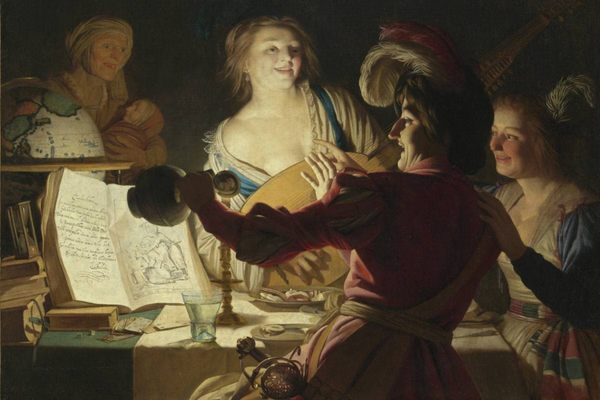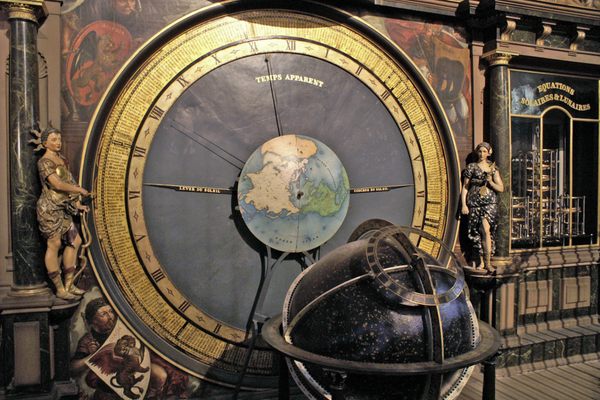This Could Be England’s Earliest Known Christian Burial
Sixteen years of research have revealed the secrets of a major excavation.

Though it took a little while to fully establish itself, Christianity had been percolating in Britain since the second century at the latest, imported by merchants from all around the Roman Empire. King Saeberht over in Essex really helped make it a thing when, in the late sixth or early seventh century, he became the first East Saxon king to convert to Christianity. A medieval legend later took hold claiming that Saeberht had even founded Westminster Abbey and was buried there, though more contemporary scholarship has cast those claims into doubt.
Those pining for proof of a Christian burial from Saeberht’s day, however, are in luck. Live Science reports that researchers have now identified what they believe to be England’s earliest known Christian burial, at a tomb near Prittlewell in Essex. The tomb was first discovered in 2003, but it was mired in more than a millennium’s worth of earthen crust, which blocked researchers from performing a properly detailed assessment. In this absence of evidence, there was even some speculation that the tomb may have been Saeberht’s own, but now we know better: It predates his death by anywhere from about 10 to 35 years, with researchers dating the tomb to between the years 580 and 605.
It’s quite possible, however, that the tomb belonged to one of the king’s relatives—perhaps even a prince—as the tomb’s contents indicate that the individual was of wealthy and noble status. (All that’s left of the body is some tooth enamel, which tells us only that the individual was older than six when buried.) Researchers were also able to identify the individual as male based on the presence of weapons and a triangular, gold belt buckle within the tomb. They could identify him as Christian, finally, by the two gold-foil crosses by the head of the coffin, where they likely rested over the man’s eyes.


Other marquee findings include a sword, shield, spears, and an arrow, stones from India that attest to the vast networks of trade already established at the time, and remnants of a folding stool that may have been a “gifstol,” from which rulers bestowed gifts or heard disputes. The most exciting relic, however, may be the remains of a lyre, a kind of stringed instrument popular throughout the ancient world. While most of the instrument has decayed, it left traces in the ground that outlined its full shape, and which researchers could sample to determine that the instrument was made of maple. According to a press release from the Museum of London Archaeology (MOLA), “this is the first time the complete form of an Anglo-Saxon lyre has been recorded.”
Objects from the burial are now on display, for the first time, at the Southend Central Museum in Essex, but you don’t have to visit the museum to poke around the findings. They can be explored on a new interactive website created by MOLA, which will also spare you the crusty residue.












Follow us on Twitter to get the latest on the world's hidden wonders.
Like us on Facebook to get the latest on the world's hidden wonders.
Follow us on Twitter Like us on Facebook